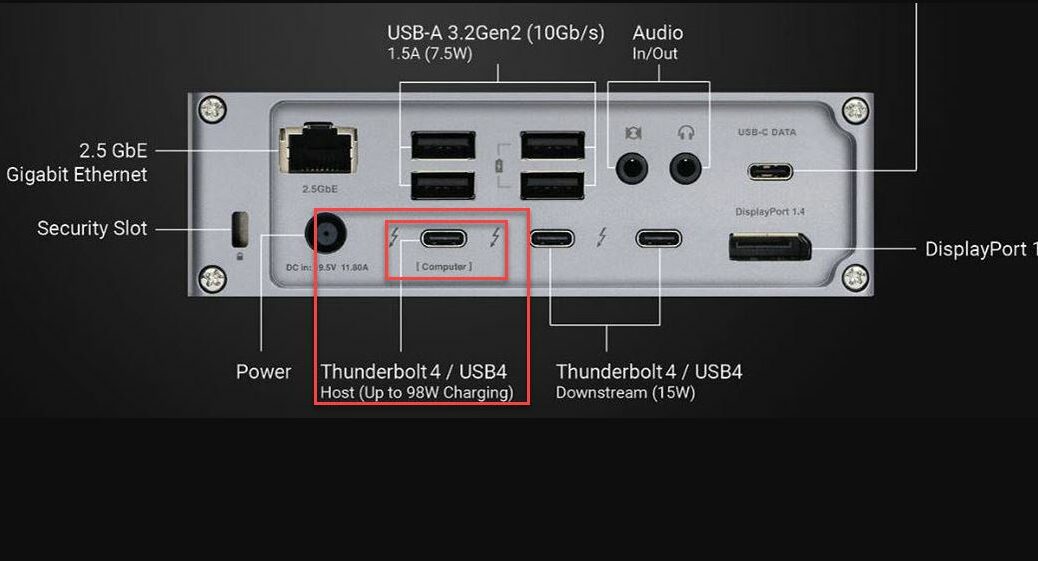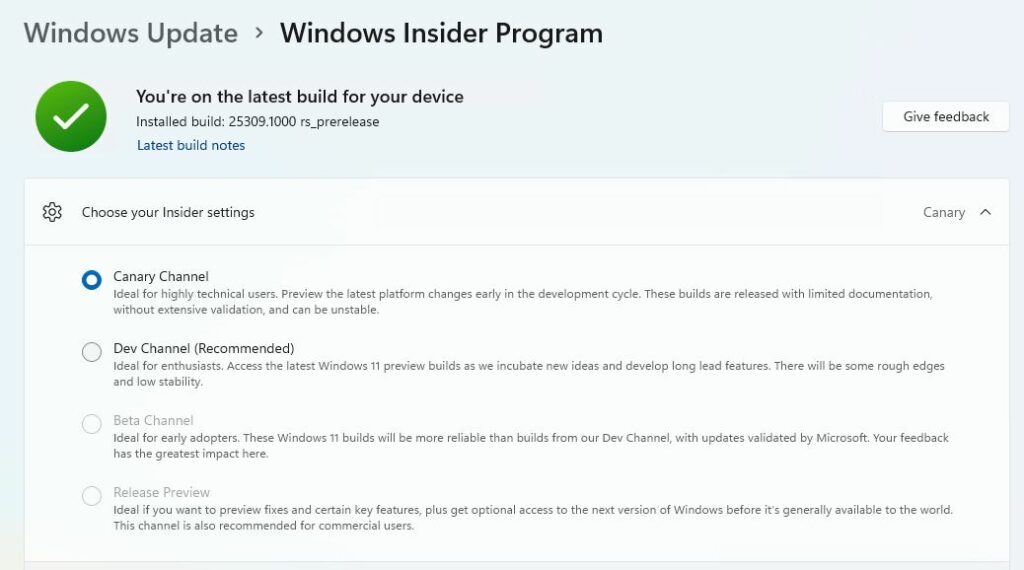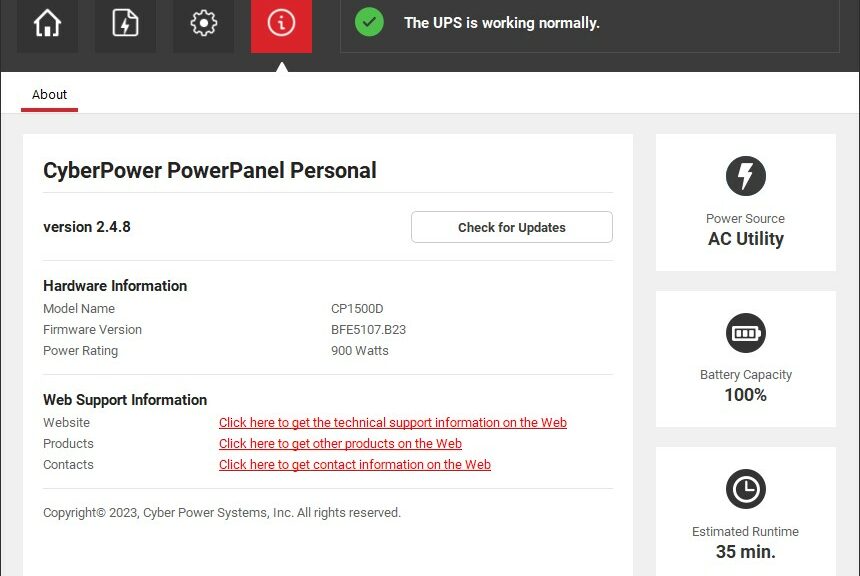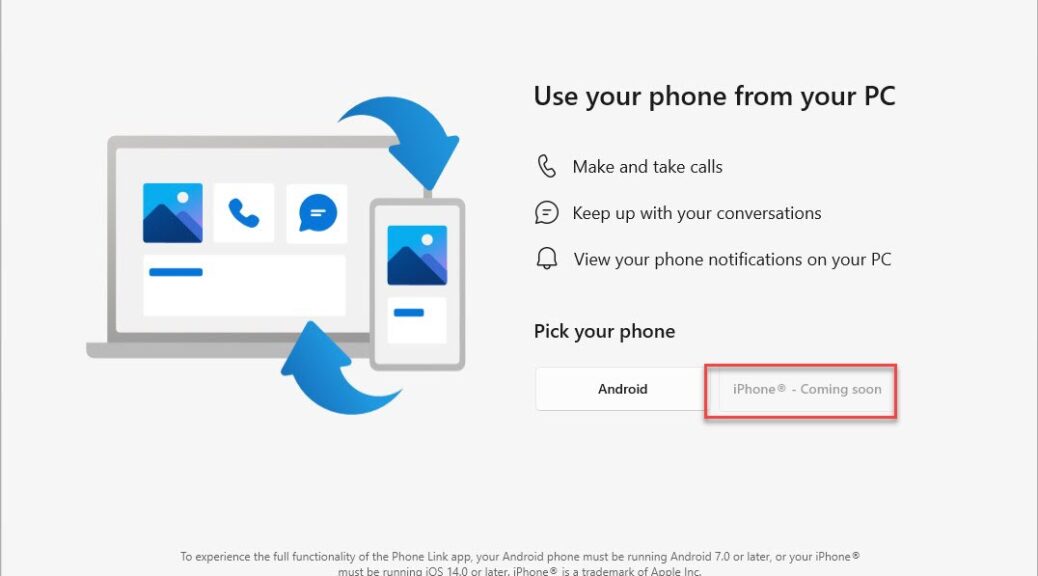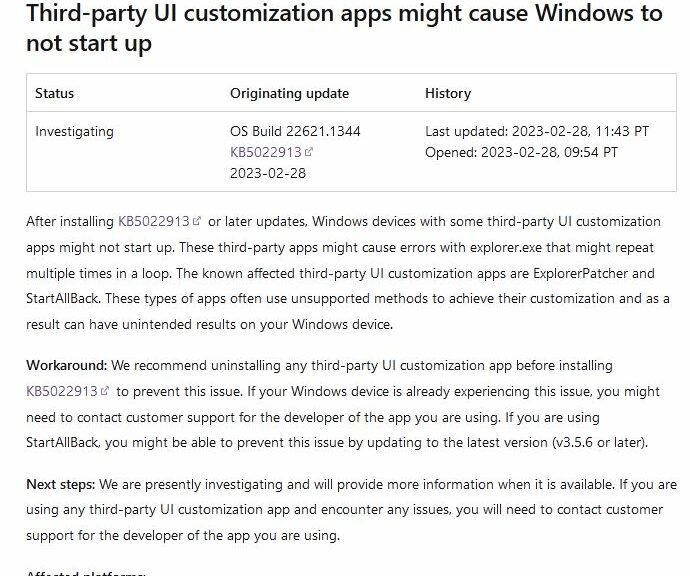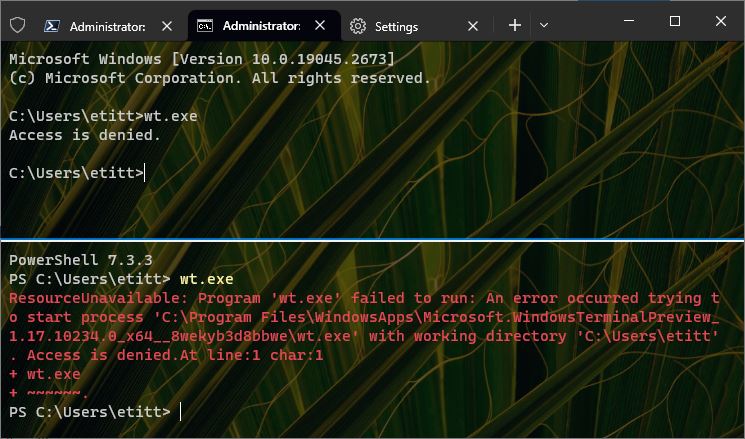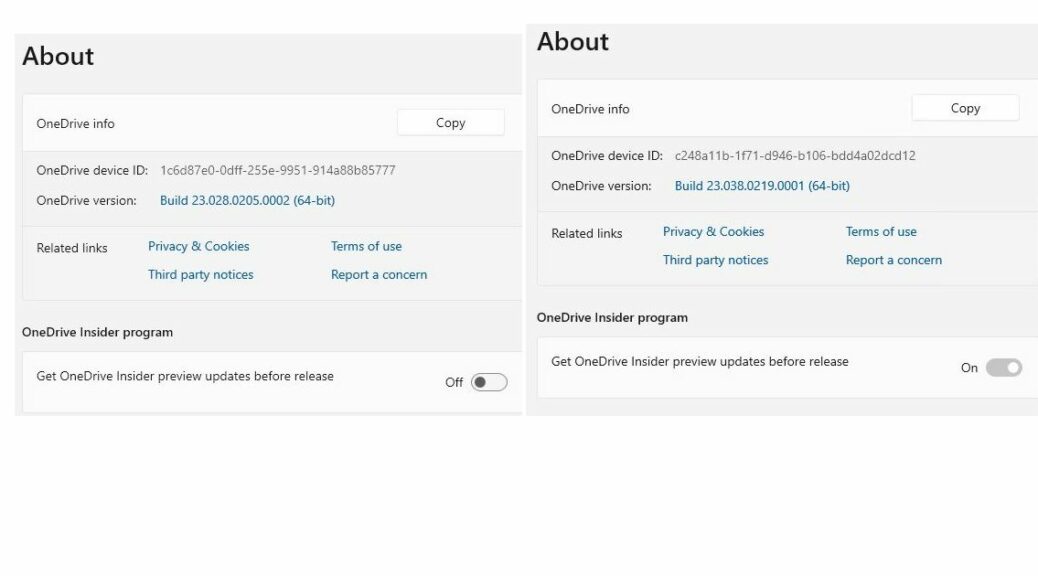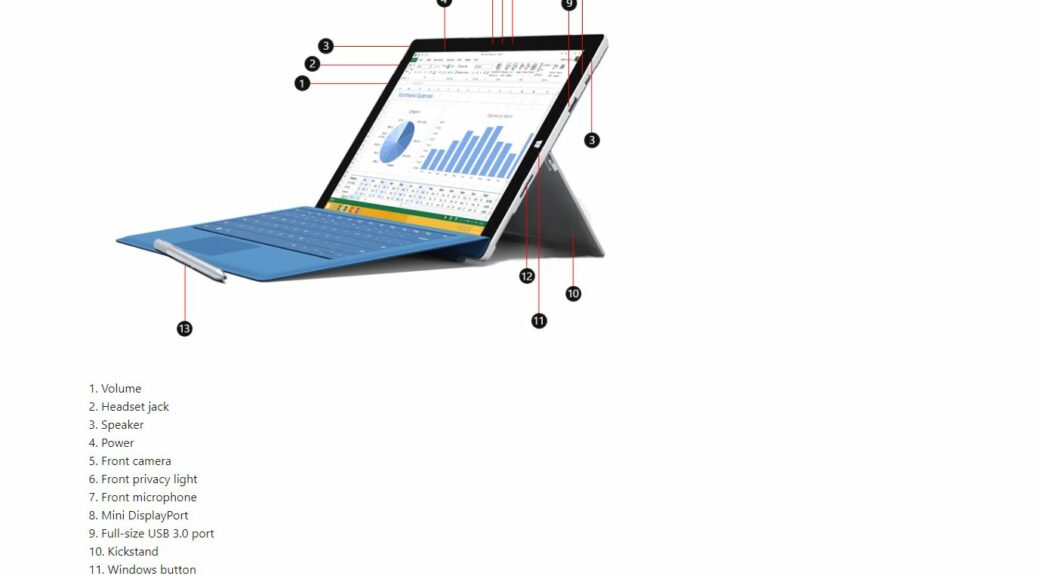A little over two weeks ago, I found myself dealing with a suddenly non-functional Caldigit TS4 dock. This morning, I finally figured out what I’d been doing wrong. There’s one and only one high-wattage USB-C connector on the TS4. And there’s one and only one USB-C connector on most of my Lenovo laptops that will accept power and signals. The short explanation is: I hooked the wrong “gozouta” into the wrong “gozinta.” Net result: signals, but not enough power to make things work. Doh! Thus, this gets my recent CalDigit Hiatus finally illuminated.
Caldigit Hiatus Finally Illuminated, Literally
If you look at the lead-in graphic, you’ll see that the leftmost USB-C port on the back of the CalDigit is labeled “Computer.” It’s the port that delivers up to 98W of power to a PC, along with TB4/USB4 capability. I had somehow gotten my ports wrong, and used the middle one instead. Not paying sufficient attention? Guilty as charged. The red-boxed USB-C is the proper gozouta for the Caldigit hub.
Likewise on my Lenovo Yoga 7 14ITL5 (specs are PDF formatted), the left-hand USB-C port is also the only one that accepts TB4/USB4 and power together. Thus it’s the proper gozinta for the laptop in question.
Sigh. Put the right ports together and everything works just fine. Put the wrong ones together, and the PC doesn’t get enough power to run properly, nor for the TS4 dock connections to work as expected. Sigh again: it’s not hard to get the obvious wrong, but it can be challenging to recognize the obvious if one’s wits aren’t entirely engaged.
For This, I Contacted Tech Support?
Yes, I admit it: I did that. And we all assumed I was using the right ports. Thus, they were as baffled as I was by what the lack of a power light really meant. Now I know: the light comes on when you use the high-wattage USB-C port to run power into a PC or laptop. And when you set the connections up as they should be, everything works likewise. Go ahead: laugh! Once I got over my astonishment at missing the obvious, that’s what I did too.
